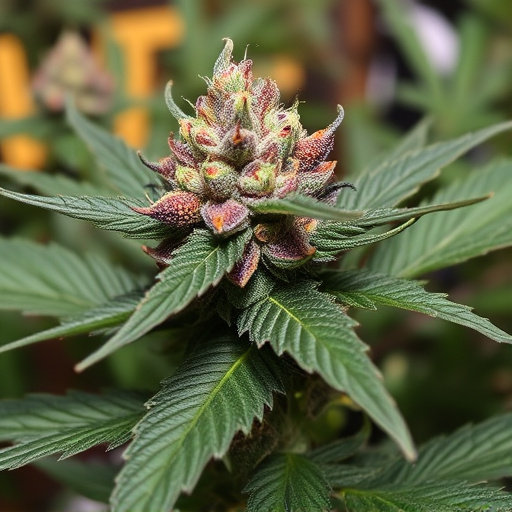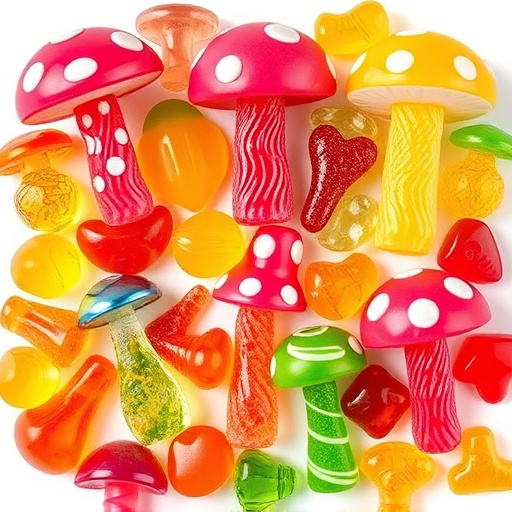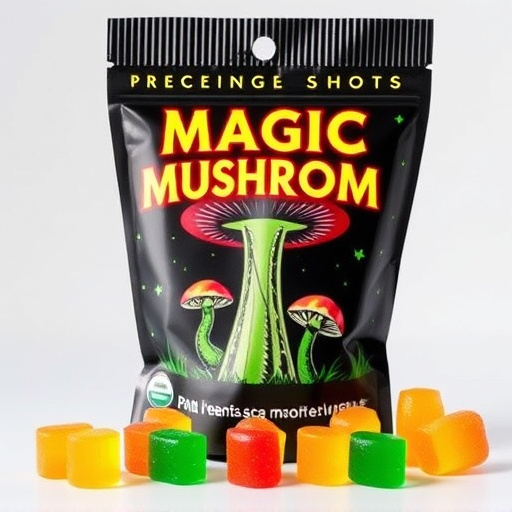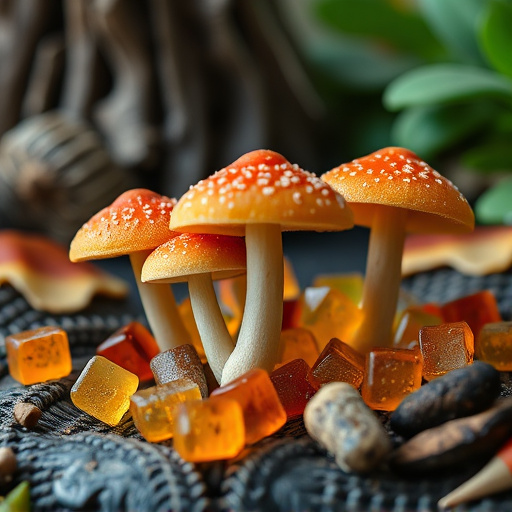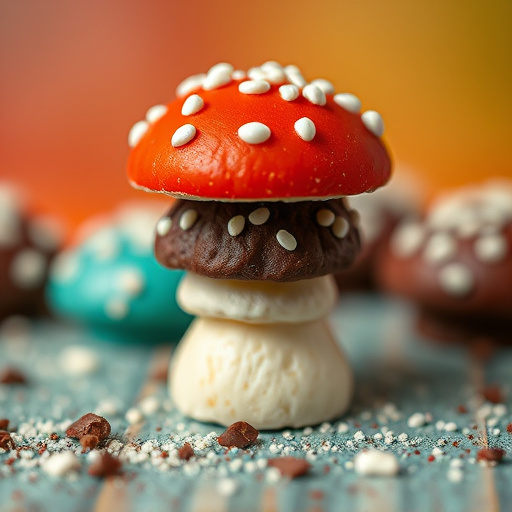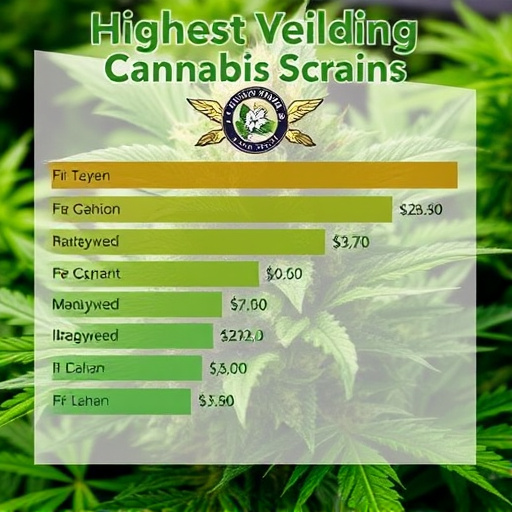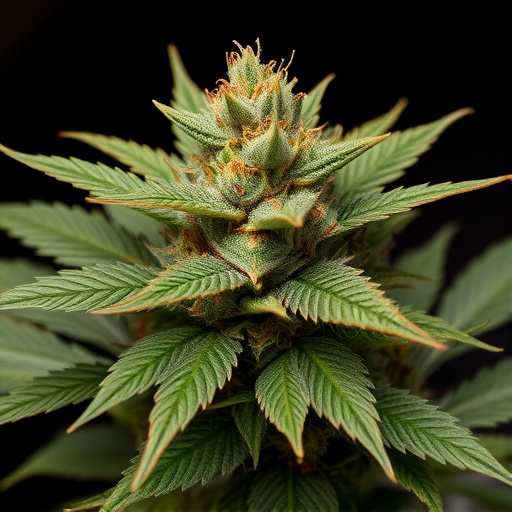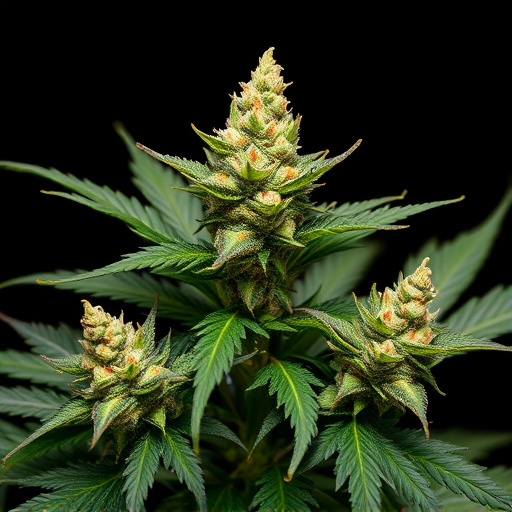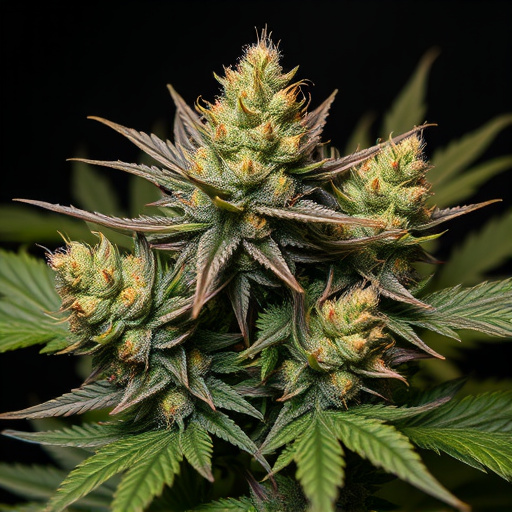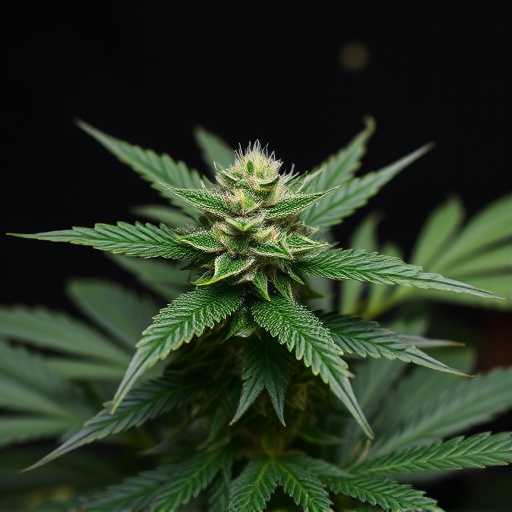Indica dominant strains are popular for their longer-lasting, relaxing effects, attributed to higher myrcene levels and increased THC content. Environmental factors like light cycles, climate, and growth conditions also impact high duration. Individual tolerance affects peak times and comedowns, while consumption methods vary effects' length. Compared to sativa varieties, indica strains offer more sedative relaxation.
“Unraveling the factors that dictate the longevity of a weed high is a fascinating journey into the science behind cannabis. This article explores how various elements, from genetic composition to individual tolerance, contribute to the duration of its effects. Specifically, we delve into the impact of indica dominant strains, known for their distinct terpene profiles, on the overall high experience. Additionally, environmental factors and consumption methods are examined, providing a comprehensive guide to understanding why some highs last longer than others.”
- Genetic Composition and Terpene Profile: The Role of Indica Dominant Strains
- Environmental Factors: Light Cycles, Climate, and Growth Conditions
- Individual Tolerance and Consumption Methods
Genetic Composition and Terpene Profile: The Role of Indica Dominant Strains
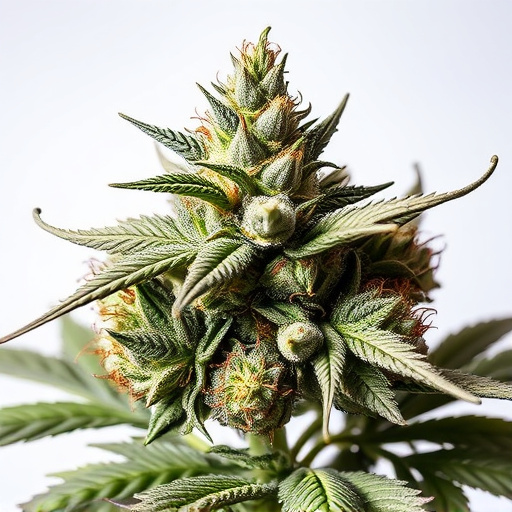
The genetic composition and terpene profile of cannabis plants play a significant role in determining the duration and intensity of a high. Indica dominant strains, known for their relaxing and sedating effects, often have a longer-lasting high compared to sativa strains. This is largely due to the presence of specific cannabinoids and terpenes unique to indica varieties.
Indica dominant strains typically contain higher levels of myrcene, a terpene known for its earthy and musky aroma. Myrcene has been linked to enhanced relaxation and sleepiness, contributing to the longer-lasting effects often associated with indica cannabis. These strains also tend to produce higher concentrations of cannabinoids like THC (tetrahydrocannabinol), which can prolong the sensory and cognitive alterations experienced during a high.
Environmental Factors: Light Cycles, Climate, and Growth Conditions
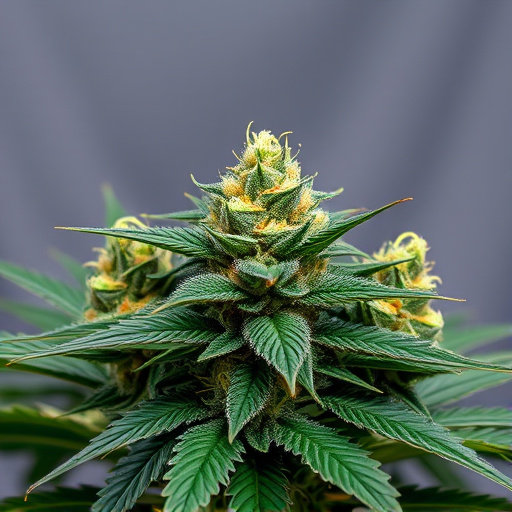
The duration of a weed high isn’t just determined by the strain, but also significantly influenced by environmental factors that play a crucial role in cannabis plants’ growth and development. One such factor is light cycles—the number of hours of light and darkness the plant receives daily. Cannabis plants, like many others, follow a natural circadian rhythm governed by light cues. In general, indica dominant strains tend to have longer highs when grown under stricter light-dark cycles, as these conditions simulate their native outdoor environments where seasons dictate growth patterns.
Climate and growth conditions are also essential considerations. Colder temperatures generally slow down cannabis plants’ life cycles, leading to higher THC levels (which can enhance the intensity of the high) and potentially longer duration. Conversely, warmer climates may accelerate growth but could result in lower THC concentrations. Soil quality, water availability, and nutrition also play critical roles in determining the final product’s potency and effects, ultimately impacting how long a weed high lasts.
Individual Tolerance and Consumption Methods
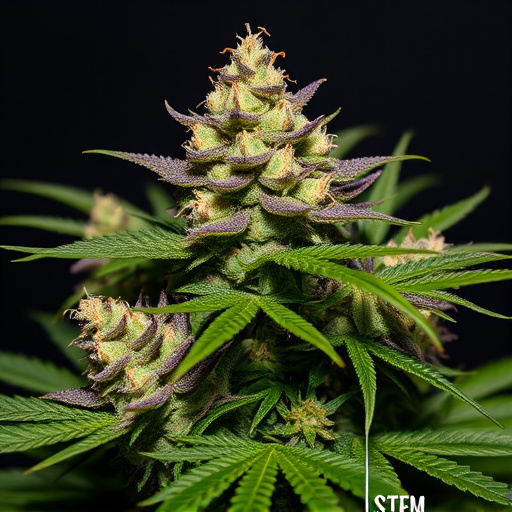
Individual tolerance plays a significant role in determining how long a weed high lasts. Those with higher tolerances, often built up through regular use, will experience shorter peaks and quicker comedowns. New users or those with lower tolerances may enjoy longer-lasting effects, sometimes extending into several hours. Consumption methods also significantly impact duration. Edibles, for instance, can produce effects that last 6–12 hours due to their slow absorption into the bloodstream. In contrast, smoking or vaping provides near-instant relief but usually only lasts a few hours. Indica dominant strains are known for their sedative properties, often leading to longer durations of relaxation and sleepiness compared to sativa varieties, which tend to stimulate energy levels and cognitive function.
The duration of a weed high is influenced by a complex interplay of factors. Genetic composition, particularly the dominance of indica strains, plays a significant role due to their tendency to induce relaxing and sedating effects, leading to longer-lasting highs. Environmental conditions such as light cycles and climate also impact the experience, with optimal growing conditions enhancing the potency and duration. Additionally, individual tolerance and consumption methods—whether smoking, vaping, or eating—modify how the body processes and responds to cannabinoids, further contributing to variations in high duration. Understanding these factors helps users predict and optimize their cannabis experiences.
